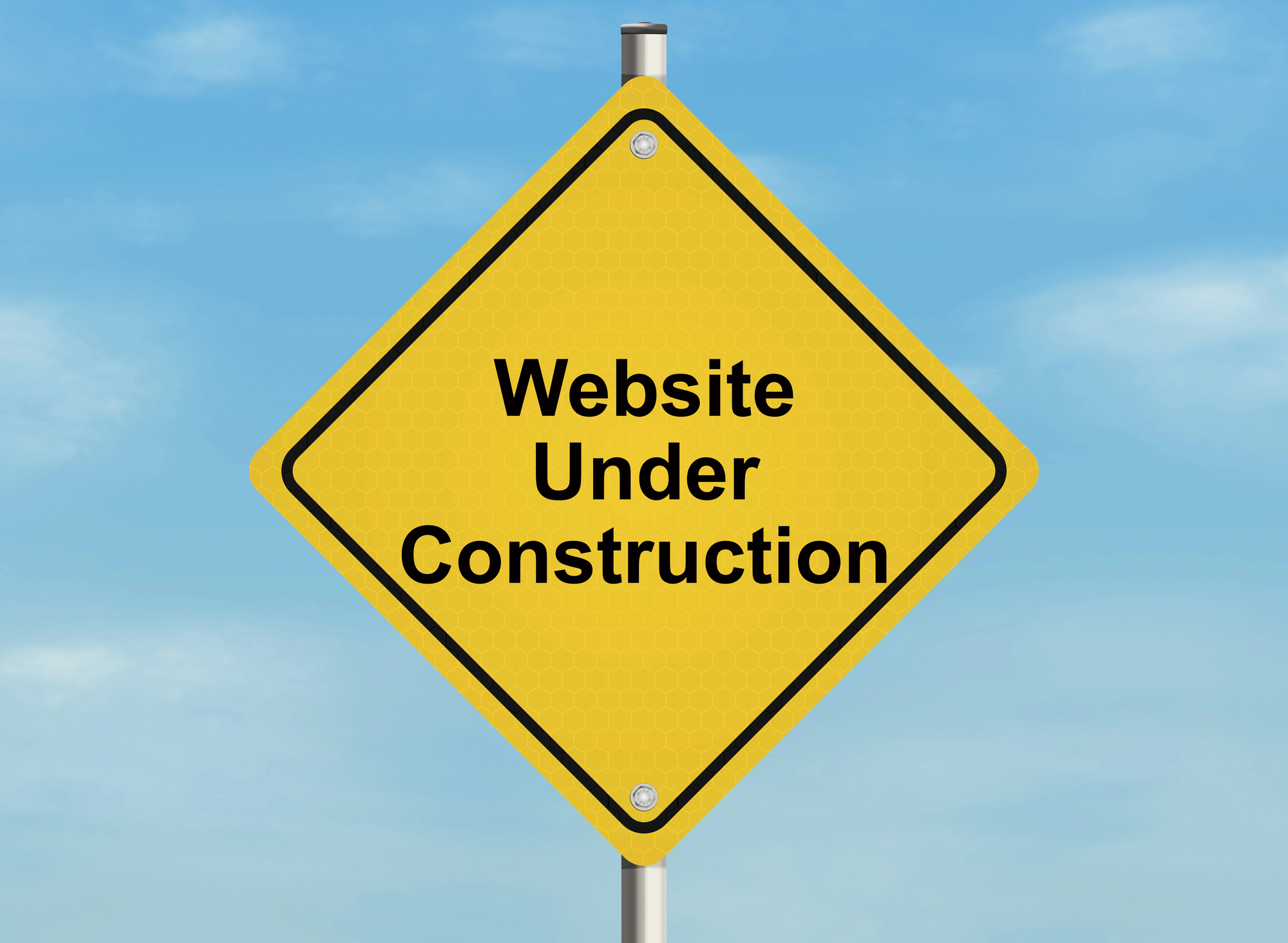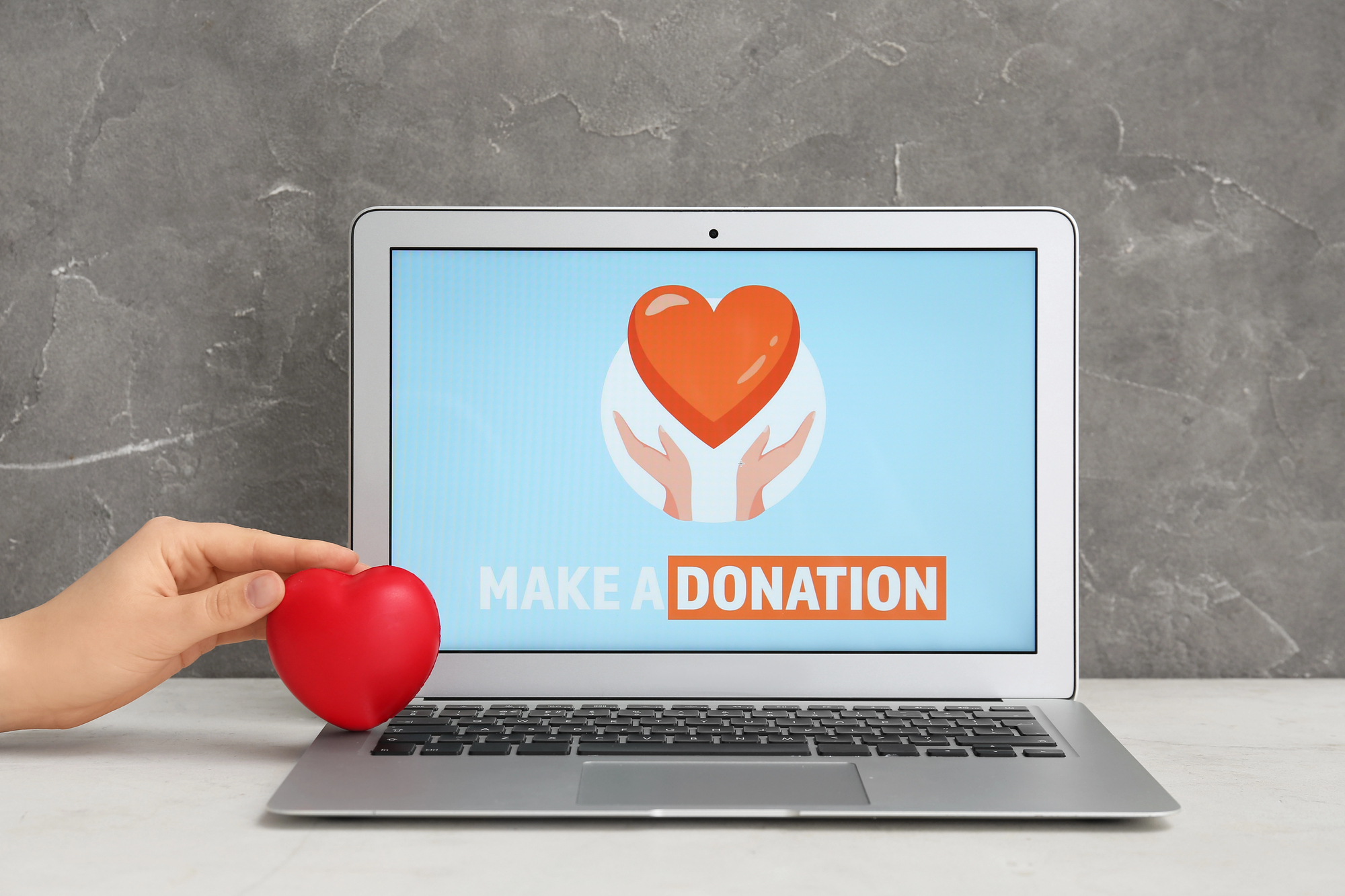Choosing the Best Font for Your Website
There are many elements to consider when designing a website. From the color scheme to the size/placement of images, and the logo- every little detail needs to tie together to create a uniform, visually pleasing end result.
One of the smaller design details that makes a big impact is the text font. It must be clean and readable, while also flowing effortlessly along with the rest of the website design. After all, once your customers land on your page and take it all in, they’ll most likely read the text to find what they need or get more familiar with your brand.
In other words, the font contributes to the overall user experience, so you want to get it right! In this blog post, we give you basic tips to make the best font choice.
Serif or Sans?
We’re starting with the basics here, because with the incredulous amount of font styles out there it can get overwhelming pretty fast.
Times New Roman is an example of a serif font. It’s the ultimate classic font and is also deemed web design-safe because it’s easy to read and the majority of users are already used to seeing it. Sans is more modern and clean, such as the classic Arial font.
So which one should you choose?
Well, it all depends on what you want your customers to feel when they visit your website. Serif is more formal and elegant, while sans fonts typically symbolize simplicity and minimalism.
Considering Contrast
Contrast is important because it helps emphasize various sections of text, making some text stand out more than others. For example, size, bold, color, italics, and capitalization are all ways to make text stand out, creating a contrast with the remaining text.
This helps differentiate headings from subheadings and paragraphs or even the CTA buttons. You want to use contrast to grab the user’s attention to what you feel is important.
Considering Alignment
Left, right, or center? These are the general alignment choices to play around with, choosing what’s most readable and flows with the rest of the website design.
Left alignment is the common choice since it’s regarded as the easiest to read.











